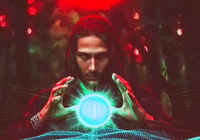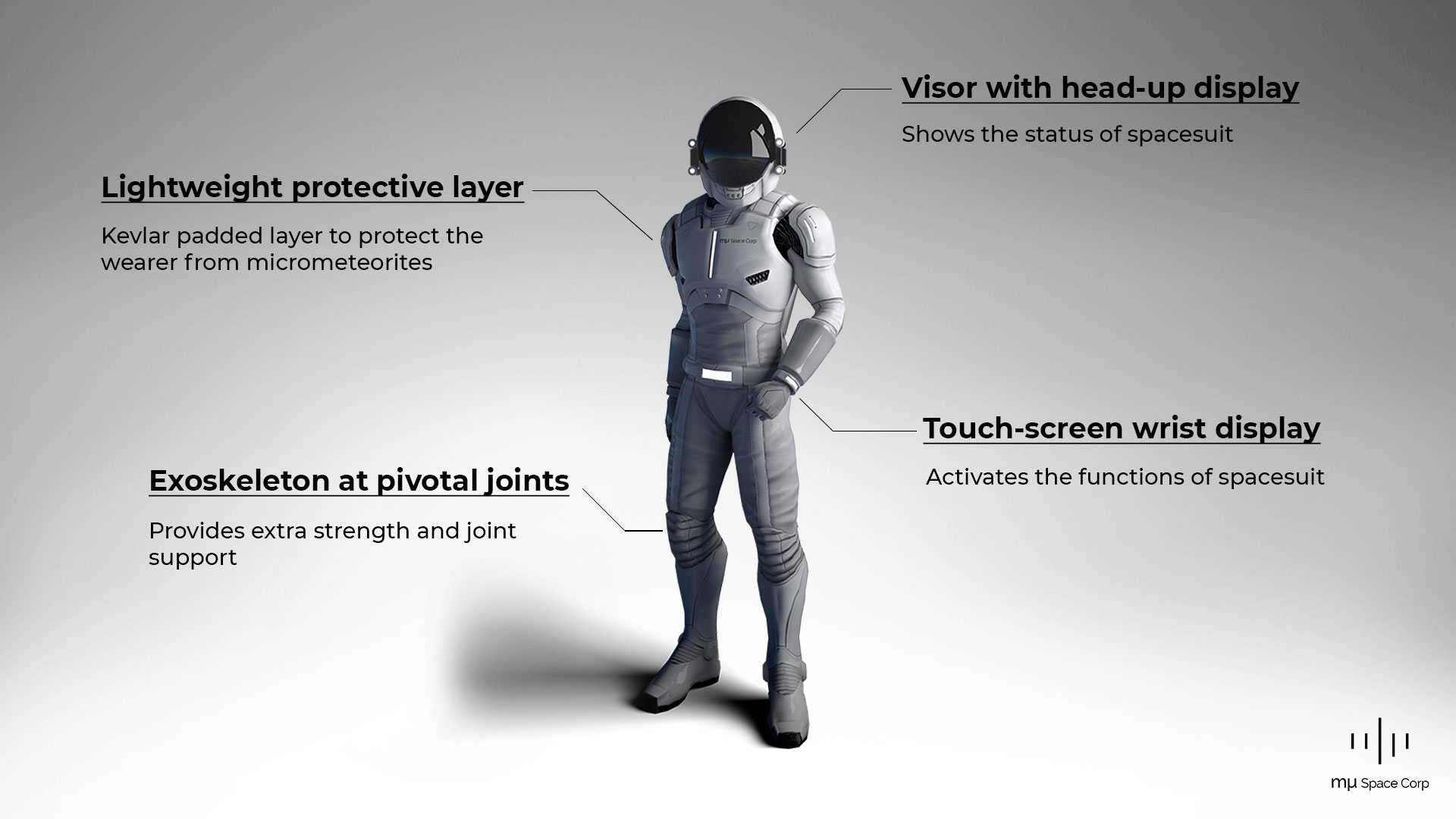But what you are quoting is exactly what I said- the predictions of General Relativity were different from the actual observations, so hypothethical "dark matter" was introduced as a fudge to explain the difference. I am quite sure if there really was "direct evidence" we would have heard about it and the Higgs Boson was predicted not by General Relativity but by Quantum Field Theory (a unification of Quantum Mechanics and Special Relativity).
Here a text regarding this topic I wrote on another website:
The continuing dominance of GR is a huge problem for physics, since the relativistic conceptual base of both special and general relativity is almost certainly a fundamentally wrong model of physical reality.
Let’s take a look at the development of relativity: The assumption in the 19th century was that light is a wave that is traveling through a hypothetical ether, analogous to sound waves through a medium like air or water. The famous Michelson-Morey experiment tested this assumption by comparing the time needed for light to propagate a certain distance both in the direction of the movement of the earth around the sun and that perpendicular to it. The expectation was that the times would be different, since in the direction of the movement the rate of the movement would be either added or subtracted to the speed of the light. In fact, however, the times were identical. The solution proposed by Lorentz was the assumption that the measurement apparatus did undergo a small compensating length contraction in the direction of the movement. Later experiments like that by Rayleigh and Brace made it clear that in addition also clocks would need to run slower.
In 1905 Einstein proposed his own alternative Theory of Special Relativity. He took the principle of relativity found by Lorentz (with some help by Poincare) and instead of deriving it as a result made it the point of departure for his own theory. Mathematically, both theories are identical and so can’t be distinguished experimentally. But the metaphysical picture is very different: The Lorentzian Ether Theory still assumes an absolute 3-dimensional space with an absolute time, which is filled with the ether.
In contrast, Special Relativity postulates that time and space (or spacetime as it is called in relativistic jargon) themselves are changing, I.e. that not objects, but space itself shrinks or expands and that time itself really runs faster or slower, not only physical processes. The principle of relativity leads to such headscratchers like the famous twin paradoxon, where the sibling that travels close to light speed is younger when returning than the one that stays at home, but no intuitive reason why this should be so - if everything is relative, why wouldn’t it be equally valid to consider the first twin as immobile? No such issues exist under Lorentzian Ether Theory, since there is an absolute frame of reference and so it is always clear which one of the two is changing his speed in relation to the ether.
A common criticism against the Lorentz Ether Theory was the assertion that it is quite a coincidence that the length shrinks by exactly the value required to make a movement through the ether undetectable. However, it is not difficult to understand why such effects as length contraction and time dilation should happen, but not be detectable locally, if one does not assume, like early ether theories, that matter is something separate from the ether but instead that it is a part of it - like defects in the lattice structure of a crystal. It is naturally difficult to detect something you and your measurement apparatus are part of. Lorentz was also able to show that at least for electromagnetism both effects could be derived from the Maxwell equations that had been found earlier.
But then Einstein came out in 1915 with the General Theory of Relativity, which sealed the triumph of relativity by providing a supposedly highly successful description of gravity. Whereas in Special Relativity spacetime had been considered as uniform, General Relativity now introduced gravity in the form of distortions in the spacetime fabric. However, this only works up to a certain scale - as soon as we go beyond galactic dimensions, General Relativity does not work anymore at all, the movement of galaxies is very different to that predicted by General Relativity. To correct for this, vast amounts of mysterious “Dark matter” have to be hypothesized. Despite much effort, any attempt to actually detect any of this hypothetical “Dark Matter” has failed.
Another issue is the expansion of the universe; it was discovered in 1998 that, contrary to General Relativity, the universe does not only expand, but that this expansion is accelerating. For this another Ad Hoc hypothesis, the even more mysterious “Dark Energy” had to be made up. It is of course always possible to immunize a theory with enough Ad Hoc crutches, but when this “Dark Energy” is supposed to be 68% and “Dark Matter” 27% of the universe with only 5% left for actually observable matter it gets rather implausible.
There are other highly problematic issues like the emergence of singularities as a consequence of the collapse of large stars, with all the seemingly intractable problems like information loss that this entails. Some scientists therefore see the appearance of singularities as a mathematical artefact and don’t think that it really happens in reality; interestingly this included Einstein himself, who thought that general relativity was an incomplete theory, which would be superseded by a singularity-free unified field theory. Of course, he never succeeded in delivering this theory. Furthermore, at least in principle, closed causal loops and time travel and therefore violations of causality are entirely valid solutions of General Relativity.
The possibility of time flowing backwards - and not the supposedly nondeterministic nature of Quantum Theory (“God doesn’t play dices”) - is the real reason why Einstein was so hostile to it. There is, as Einstein knew very well, no intrinsic reason that Quantum Theory needs to be nondeterministic if one accepts nonlocality, as demonstrated by the De Broglie/Bohm interpretation of Quantum Theory. However, nonlocality – i.e. influences faster than the speed of light – mean in the context of the relativistic framework nothing less than time travel into the past. That was the reason why Einstein was so scandalized by the “spooky action at a distance” of quantum entanglement and why it took so long to be accepted by the scientific community. Even if we currently cannot use quantum entanglement to actually transmit information, the simple fact that faster than light influences exist is highly problematic for relativity.
The most fundamental issue however is the fact, that it seems to be simply impossible to proceed further with the relativistic paradigm. In the late 1920s the two cutting edge theories to explain the basic fabric of our universe were General Relativity and Quantum Theory: General Relativity describes gravity, the force effective at long distances; Quantum Theory in contrast describes the forces effective at shorter ranges, e.g. electromagnetism and the weak and the strong interaction.
Now, nearly a century later, we are essentially still in the same position. All work that has been done since then has been filling out details, but there has been no fundamental progress. Despite much effort, all attempts to reconcile General Relativity with Quantum Theory to create a unified theory have come to nothing. The great hope String Theory is now more or less admitted to be a failure and other approaches like Loop Quantum Gravity don’t look any better; fundamental physics has largely stagnated for many decades.
The key reason for the failure to unify General Relativity with Quantum Theory is precisely the revolutionary new relativistic model of time and space for which Einstein is hailed. All efforts to graft it onto Quantum Theory have been an abject failure: Quantum Theory simply needs a fixed spatial background and absolute time to work. Given this – and the fact that Quantum Theory, in sharp contrast to General Relativity, has an entirely unblemished record when it comes to experimental verification – it is quite clear that it is relativity and not Quantum Theory that has to go. Einstein shunted physics on a fundamentally wrong track back in 1905.
The description of the problem above indicates quite clearly the most promising direction to proceed: return to a preferred frame (i.e. ether) paradigm with absolute time and space and create a theory of gravity that is a counterpart to General Relativity in the same way as the Lorentzian Ether Theory relates to Special Relativity. This theory would then describe the general case of an ether with a varying “density” indicating gravitational distortions, whereas the Lorentzian Ether Theory, the analogon to Special Relativity, deals with the simplified border case of a homogenous ether. There is actually a bit of work going on along these lines, even though the frowned upon word “ether” is usually avoided - “condensed matter model/interpretation” is a dog whistle that is sometimes used instead (See, for instance
https://link.springer.com/article/10.1007/s10701-008-9262-9)). However, due to the still unbroken blind faith in General Relativity such attempts have received hardly any attention.i
It remains to be seen for how much longer progress will be blocked - the lack of success in the long running quest to detect the elusive “Dark Matter” seems to be causing some disquietude at long last. Perhaps there will also be some new piece of empirical evidence that finally tilts the mood against General Relativity. There are indications that certain properties of gravity waves might be used to distinguish between General Relativity and alternative theories. But in any case, the sheer length of time that hero worship of Einstein was able to inoculate an obviously highly flawed theory against any criticism is nothing short of astounding.















